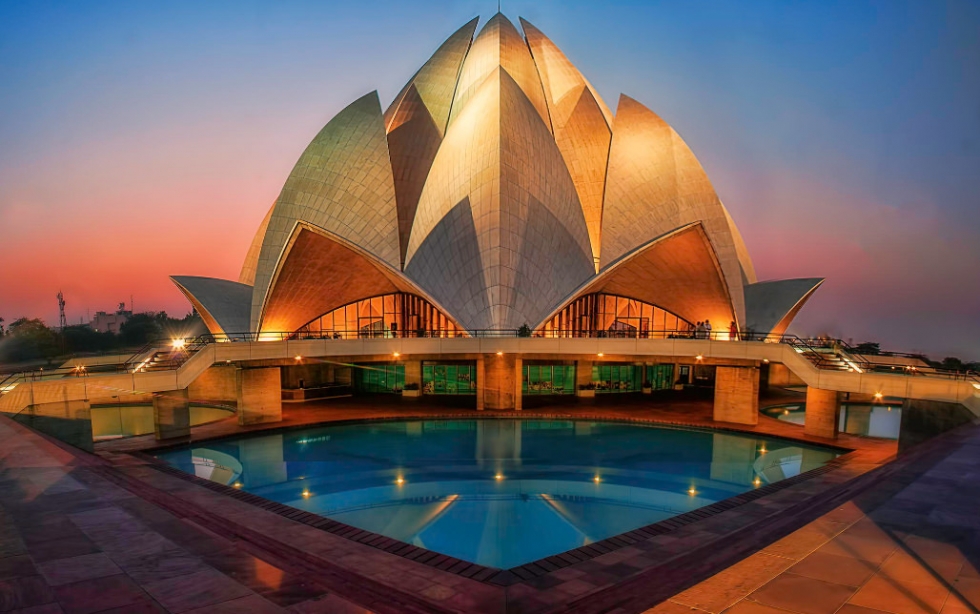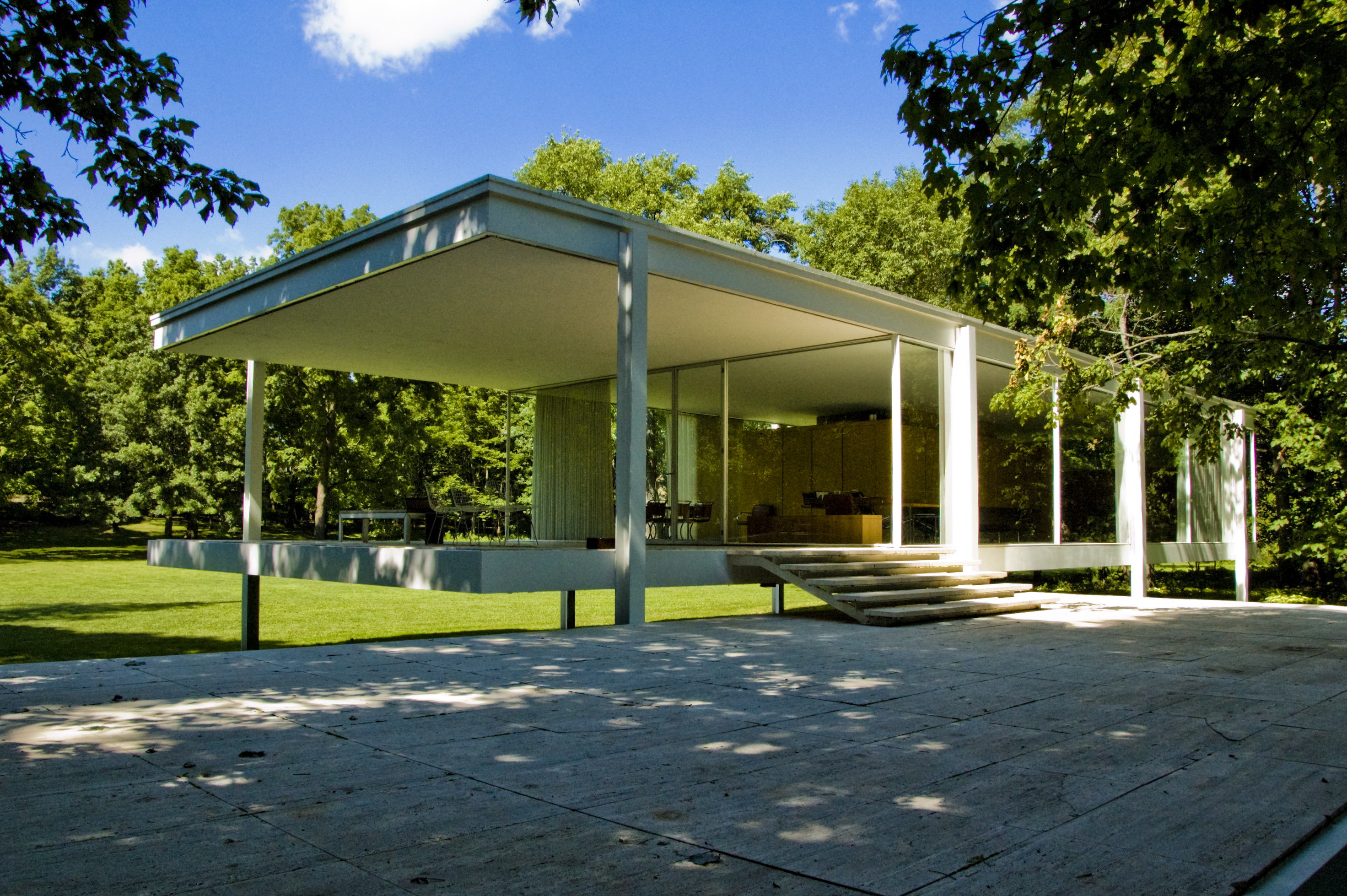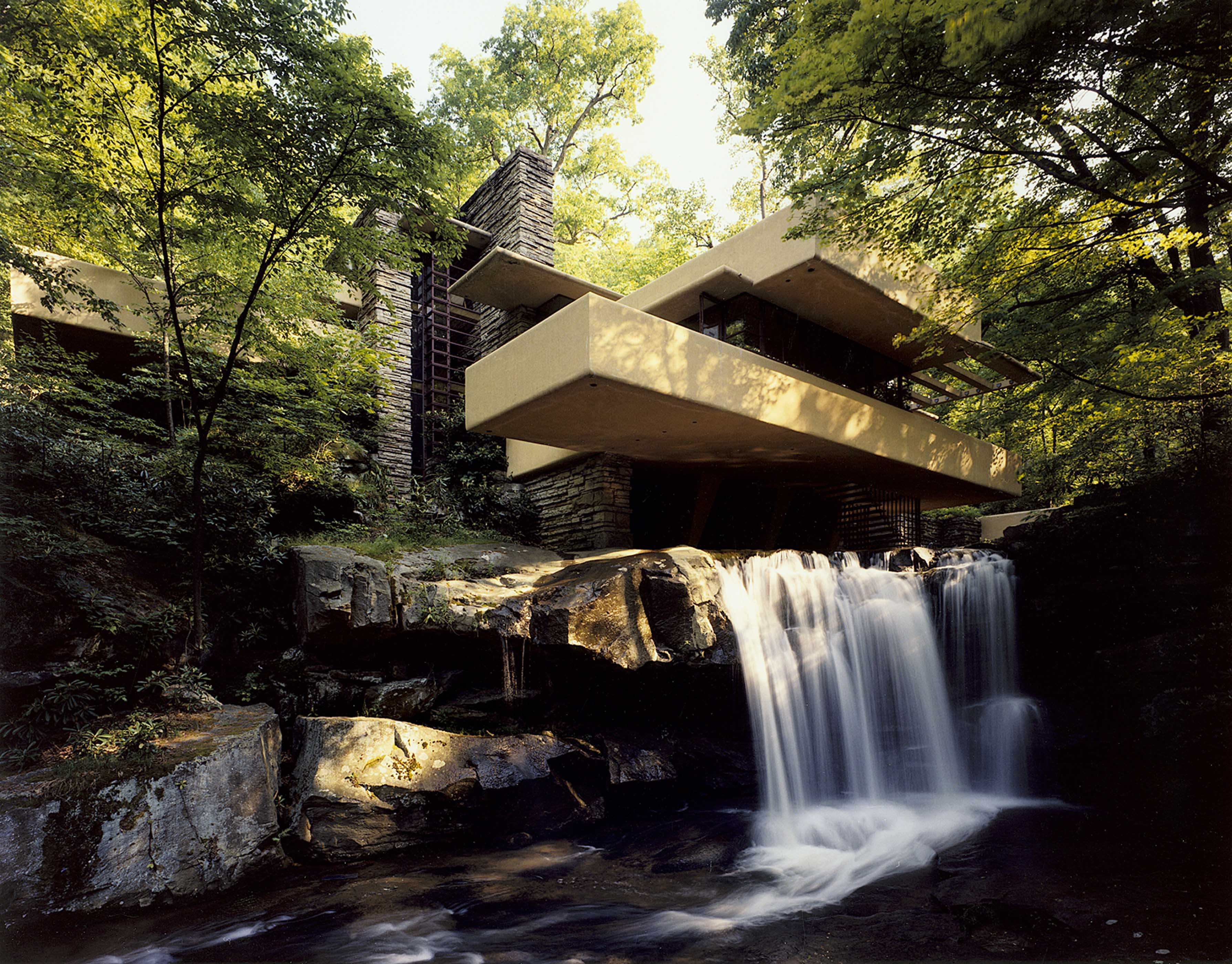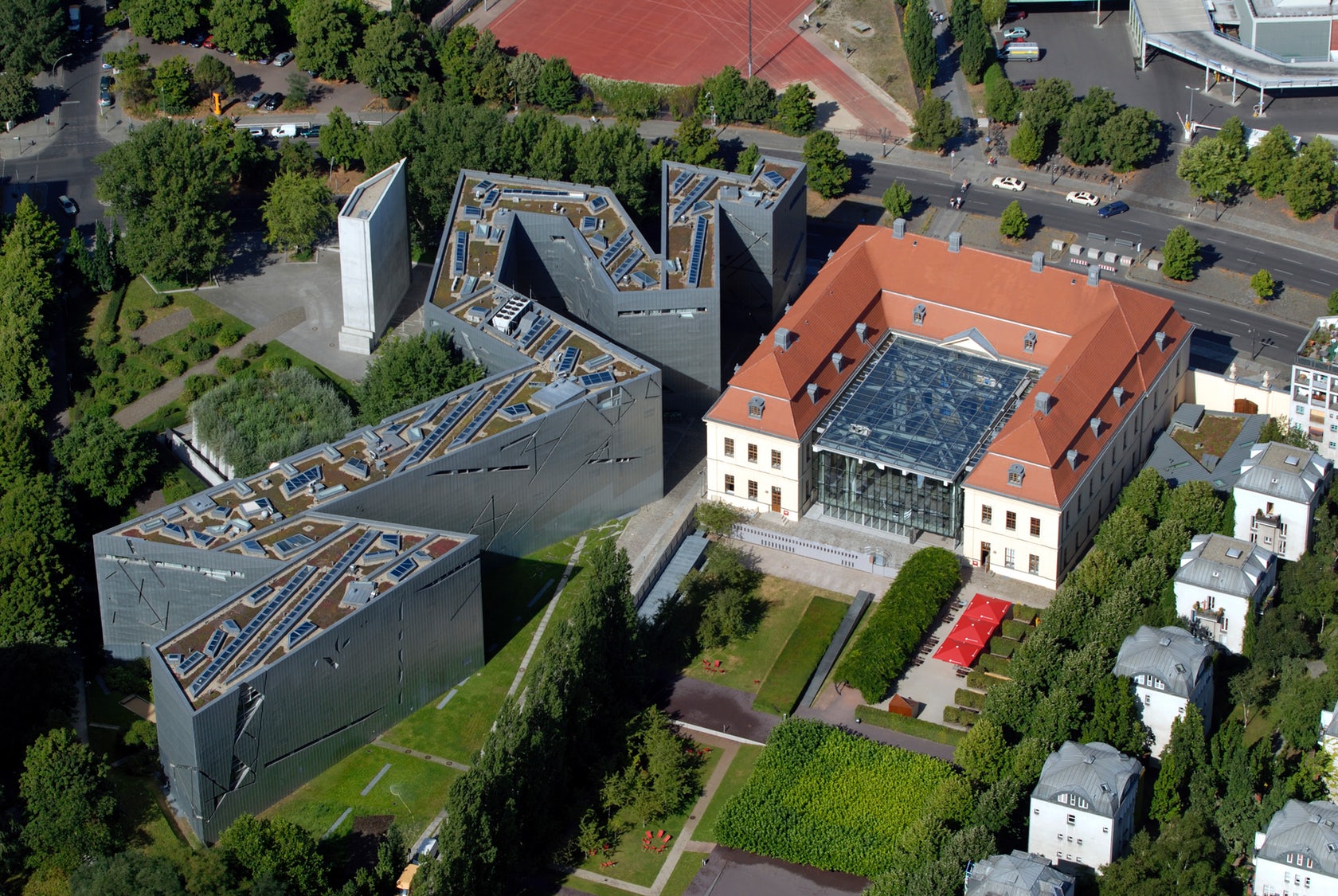“Architecture should speak of its time and place, but yearn for timelessness.”
Frank Gehry’s words speak to many architects’ desire to conceive truly iconic buildings, the kind that will remain as a legacy to their ingenuity long after their authors have gone. But what makes a building timeless or iconic? For some, the answer lies in innovation: A+Awards juror Patrik Schumacher asserted that great architecture must involve the “compelling application of new ideas,” and buildings that are considered iconic often possess a groundbreaking aspect, something that had not been seen before. For Gehry’s Guggenheim museum in Bilbao, it was the application of parametric design on a huge scale. For the Burj Khalifa, it was unparalleled height. For the Eiffel Tower, it was the grand use of steel in a city defined by stone.
Beyond pure innovation, there are many other properties that seem to crop up time and again when looking at architecture that is widely recognized as iconic. Some of these may just help your project triumph in the A+Awards, the world’s largest awards program for architecture and products — the final entry deadline for which is May 8th (enter here now). As you decide which of your projects to submit in our annual race for architectural immortality, check out these 10 “secret ingredients” of iconic design, each of which can serve to boost a building’s legendary status…

Via tokkoro
1. A Unique Silhouette
Certain architectural history tutors assert that the key to iconic architecture throughout the centuries lies in its silhouette — and that the most recognizable buildings can be drawn with a single line upon a page. This theory holds for the pyramids in Cairo, the Eiffel Tower in Paris and the Sydney Opera House. Some silhouettes start out unique, and become less so due to their style becoming ubiquitous — the classic pencil form of the Empire State and Chrysler Buildings is a perfect example of this, but those towers remain as iconic as ever.
2. Pure Simplicity
Following on and working in conjunction with the unique silhouette, simplicity is a common trait found in many of the most famous architectural landmarks around the world. A singular, striking gesture can culminate in a structure that is highly memorable — just look at the uncompromising verticality of Minoru Yamasaki’s Twin Towers, or the smooth form of Lord Foster’s St Mary Axe, otherwise known as the Erotic Gherkin. Of course, there is an exception to every rule — Frank Gehry’s Guggenheim Bilbao is anything but simple, a fact that has not denied the building a place in the architectural hall of fame.

Via Pandotrip
3. Perfect Symmetry
Gehry’s Bilbao museum breaks this rule, as well, but it is one that crops up time and again when looking at the most well-known buildings across the globe. The Empire State Building, the Burj Al Arab, Hagia Sophia, the Taj Mahal and the Bahai Lotus Temple all utilize strong symmetry to leave an impression on the minds of anyone who visits. It takes a brave architect to challenge the order in this respect, and Daniel Libeskind is one such designer, cutting away the symmetry of the Military History Museum in Dresden to controversial effect.

Via Youtube
4. A Poetic Metaphor
Architecture has long been utilized as a symbol to represent a person, a region or an entire city — take the Gateway Arch in St. Louis, conceived by Eero Saarinen as a monument to the western expansion of the United States and widely considered a masterpiece of patriotic design. On the more emotive end of the spectrum comes Santiago Calatrava, whose PATH Terminal in New York City evokes a bird taking flight — a multilayered metaphor for freedom, peace and the spirit of adventure, all key elements of the American Dream.

Via Wikipedia (marco 2000)
5. The Honest Use of Materials
Many architects throughout history have advocated using materials to their strengths and leaving them exposed so as to communicate their nature. From the stone pillars of the Parthenon to the concrete shells of Felix Candela, this has remained a common ingredient in the design of iconic buildings regardless of context, program or scale. Le Corbusier harnessed the raw solidity of concrete in Chandigarh, Louis Kahn used brick to dramatic effect in Dhaka and Ahmedabad and Mies van der Rohe let steel beams speak for themselves in landmarks like the Farnsworth House.

Via Wright House
6. A Moment of Courage
Artist Henri Matisse once said that “creativity takes courage,” and architects know this only too well. Breaking away from convention to produce a truly iconic structure takes bravery, something that Frank Lloyd Wright had in spades. Take Fallingwater for example — when commissioned by the Kaufmanns to design their weekend home, Wright was expected to place the house beside the river, somewhere that would frame the beautiful waterfall at the center of the wooded site. Instead, he positioned directly on top of the flowing water, creating a moment of architectural drama that led to the dwelling being widely recognized as the most iconic residential building on the planet.

Via Wikipedia (Rossi101)
7. Amazing Engineering
As Architizer has previously covered in this special feature, many of the world’s most loved icons have been shaped in large part by teams of innovative engineers, working in collaboration with architects to find ways to realize their visions. Two of the most well-known examples are the Eiffel Tower, named after the engineer who refined its now-immortalized curving structural elements, and Jørn Utzon’s Sydney Opera House, which was brought to fruition thanks to the architect’s close collaboration with the engineers of Ove Arup. A more recent example comes in the shape of Zaha Hadid Architects’ Heydar Aliyev Center, a sinuous marvel brought to life with the help of Werner Sobek, AKT and Tuncel Engineers.

Via Architizer
8. A Challenge to Context
While many architects prize designs that blend seamlessly with their surroundings, there are occasional instances where the beauty of a building lies in its stark contextual contrast. Daniel Libeskind’s emotive extension to the Jewish Museum in Berlin is a quintessential illustration of this — the Polish-American’s jagged, metallic form is incongruous with the architectural language of the existing museum, serving its purpose as a startling structure that represents the turbulent and often tragic journey of Jews through recent history.

Via Wikipedia (Dhirad)
9. A Brilliant Backstory
Many iconic buildings take on added significance when their reason for being is revealed. Take the Taj Mahal, for instance — the ornate mausoleum was designed and built for Mumtaz Mahal, the favorite wife of the Mughal emperor, and has stood as a shimmering symbol of love for three and a half centuries. An English poet, Sir Edwin Arnold best describes it as “not a piece of architecture, as other buildings are, but the proud passion of an emperor’s love wrought in living stones.” Few works of architecture have such emotive power.

Via Dezeen; photograph by Flavio Bragaia
10. The Ideal Client
“Behind a good project comes a great client,” asserts Fran Silvestre of Fran Silvestre Arquitectos, and this statement couldn’t be more pertinent when it comes to iconic design. That’s because the pursuit of the iconic requires great willingness on the part of those who commission it, a willingness to put up with inevitable setbacks and potential budget-busting complications as their architect strives to create something completely unique. Consider the Villa Savoye, for example, where the clients gave Le Corbusier “such freedom with the job that he was only limited by his own architectural palette.” The result? An iconic exemplar of residential Modernism.
Got an iconic design of your own? Submit it here for the Eighth Annual A+Awards, and be quick: the final entry deadline is May 8th.
Top image: Heydar Aliyev Center by Zaha Hadid Architects; photo credit: Hufton+Crow









